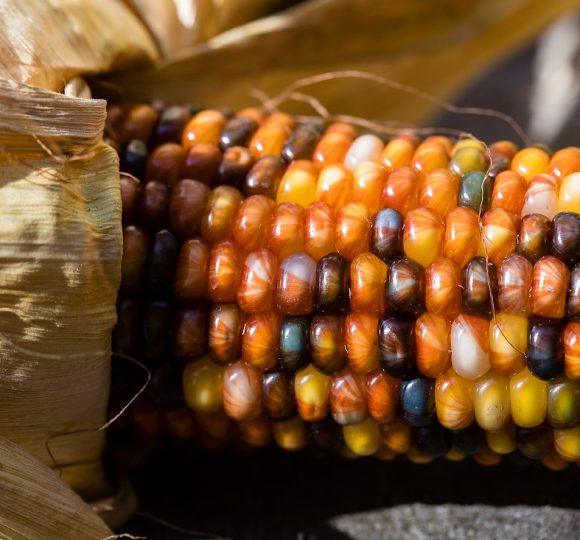California is the leading agricultural state in America and one of the most important food production regions in the world – a food growing paradise. It is also the fastest growing state, adding more than 400 thousand new residents per year. Between 1990 and 2004, the period covered by this report, over a half million acres of California’s farmland were paved over, converted to urban uses. As long as the state’s population continues to increase, the tide of development will not abate and the Golden State will continue to lose farmland to urban development. Given this state of affairs, the challenge for California is to assure that the best farmland remains available for agriculture and that urban development doesn’t convert any more land than is truly necessary to accommodate its expanding population and economy. This challenge is made more difficult by the fact that most of the state’s cities, where more than 90% of the population lives, are located in the midst of California’s most productive farmland, generally in valleys and on coastal plains where the soil is deep, water is relatively abundant and the climate is mild. But it is a challenge we must successfully meet, if California is to continue to feed itself and the world.
The first step toward preserving California’s best farmland is to understand what is happening to it and where. That is the purpose of this report. It contains the latest data and analysis of farmland conversion trends throughout the state of California. Its focus is the irreversible conversion of farmland to urban uses such as residential, commercial and industrial development. It does not document the conversion of farmland to other nonagricultural uses, for example, wildlife preserves, which also puts pressure on the foodproducing resource base, but serves broader environmental goals that Californians support. Nor does it address changes in agricultural uses, for example, from cropland to grazing or vice versa. Data on these trends are available from the Farmland Mapping & Monitoring Program (FMMP) of the California Resources Agency, Department of Conservation, Division of Land Resource Protection, which is the source of all the land use data in this report, the contribution of which is gratefully acknowledged. Historic population data used in this report are from the U.S. Bureau of Census, while population forecasts are from the Demographic Research Unit of the California Department of Finance.





